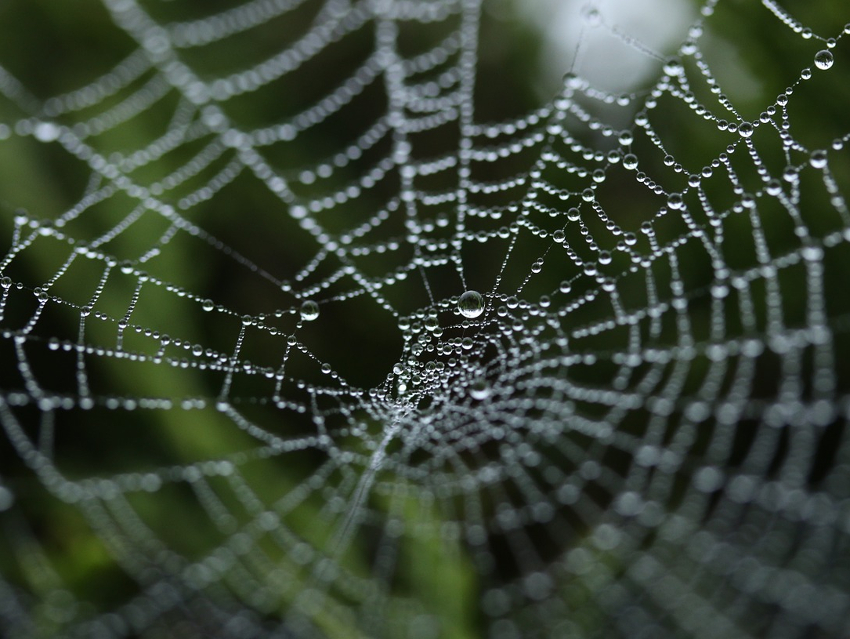Bacteria often form biofilms, in which the bacteria stick together and to surfaces. These biofilms are a problem in medicine because they can cause infections when they form on medical devices such as implants, prosthetics, or catheters. Microbial-resistant coatings can help to prevent this. Spider webs can resist microbial infestation, but the mechanism behind this effect is not well understood.
Thomas Scheibel, University of Bayreuth, Germany, and colleagues have used recombinant spider silk proteins based on proteins from the European garden spider Araneus diadematus to make microbe-repellent films and hydrogels. The team used two engineered fibroins, eADF3 and eADF4, as well as variants of these proteins in which certain amino acids are replaced. They prepared flat and patterned films from the proteins via film casting onto polydimethylsiloxane (PDMS) substrates. Hydrogels were prepared by self-assembly, using dialysis to remove water from the spider silk solutions.
The researchers then tested the materials’ microbe repellence using different biofilm-forming microbes, including bacteria, fungi, and yeasts. They found that recombinant spider silk materials can prevent microbe adhesion, both on the surface of films and within hydrogels. Their properties can be tuned by changing, e.g., the overall charge of the proteins. One spider silk variant was able to resist microbial infestation, but allowed mammalian cells to attach and grow. This selectivity could be useful for biomedical applications.
- Engineered spider silk-based 2D and 3D materials prevent microbial infestation,
Sushma Kumari, Gregor Lang, Elise DeSimone, Christian Spengler, Vanessa T. Trossmann, Susanne Lücker, Martina Hudel, Karin Jacobs, Norbert Krämer, Thomas Scheibel,
Mater. Today 2020.
https://doi.org/10.1016/j.mattod.2020.06.009



